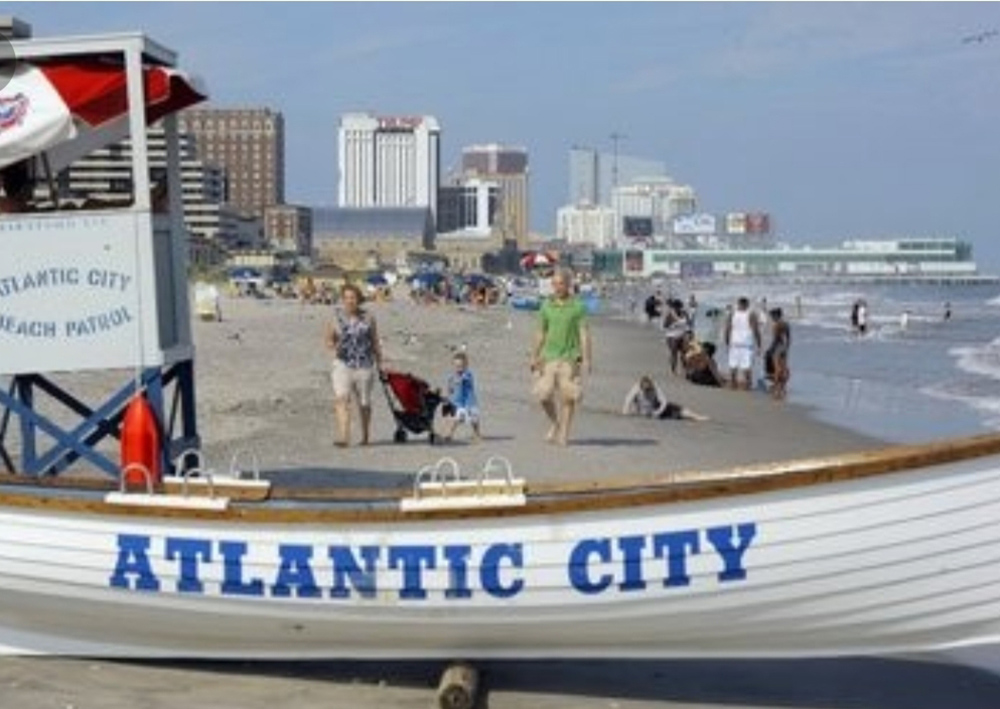Letter from the editor

I think all our hearts simultaneously sank this past Monday, upon hearing of the loss of a father who went into the ocean to save his son, only to lose his own life. It speaks volumes of his love for his son. This dad died a hero sacrificing his own safety and wellbeing to protect his son. Thankfully his son made it to the shoreline. And although a retired police officer swam out and pulled the struggling father to shore. He didn’t make it.
The boy entered the ocean on New Jersey Avenue in Atlantic City before lifeguards were on duty.
Atlantic City first responders were dispatched for a report of a child drowning and his father entering the water to rescue him at 9:32 a.m. First responders arrived to find the child had made it to the shoreline.
But a former police officer at the beach had entered the water with a boogie board to rescue the struggling dad. The ex-officer, Jim Glorioso Jr. from Amsterdam, New York, found the father after he had already gone underwater and attempted to pull him onto the boogie board. Atlantic City Beach Patrol Chief Steve Downey was the first to the scene, followed by members of the fire department. The father was identified as Thanh Bui, 58, of Reading, Pa.
After both men were pulled to shore, firefighters immediately began CPR on Bui, who was unresponsive. Bui was transported to AtlantiCare Regional Medical Center, City Division, where he died. The child was also taken to the medical center for treatment.
We often marvel at the beauty of the ocean and crave its cooling, almost healing waves upon us. Yet we are all reminded time and time again of its sheer power. The force of the waves, undercurrents and under tow pose serious risks, especially if you are not a seasoned waterman or lifeguard.
There’s a lot of rules and regulations on the beach, like swimming between the designated flags. They are in place for our protection, whether we see the posed danger such as protruding rocks or a nearby jetty or if we do not see the risk, such as the often invisible yet treacherous rip currents.
Many come to our shores year after and many come to see the ocean for the first time. There is sometimes an illusion that our ocean is a giant wave pool. Rather it is an immense body of water that is beyond our control. It is also home to millions of sea creatures. But the greatest risk to those entering the ocean by far, is rip currents.
The United States Lifesaving Association states that more than 100 people die due to rip currents each year and rip currents also account for more than 80 percent of rescues by beach lifeguards.
Rip currents, also known as an undertow are narrow channels of fast-moving water that can quickly drag swimmers out to sea. The strength and speed that the water pulls a swimmer can vary, but the currents can exceed five miles per hour. That’s faster than an Olympic swimmer can swim.
The best way to keep you and your family safe is to only swim at guarded beaches during the hours posted.
If you do find yourself caught in a rip current, swim parallel to shore to escape it. While they are powerful, rip currents are generally narrow (around 10-20 feet).
Do not swim against the current, as this will only tire you out. Try not to panic and remember that rip currents won’t take you under the water. If you cannot escape the current, then tread water or float. Be sure to call for help and wave if you need assistance.
Wishing you a your loved ones a safe & joyful summer!
Peace & Love,
Cindy





